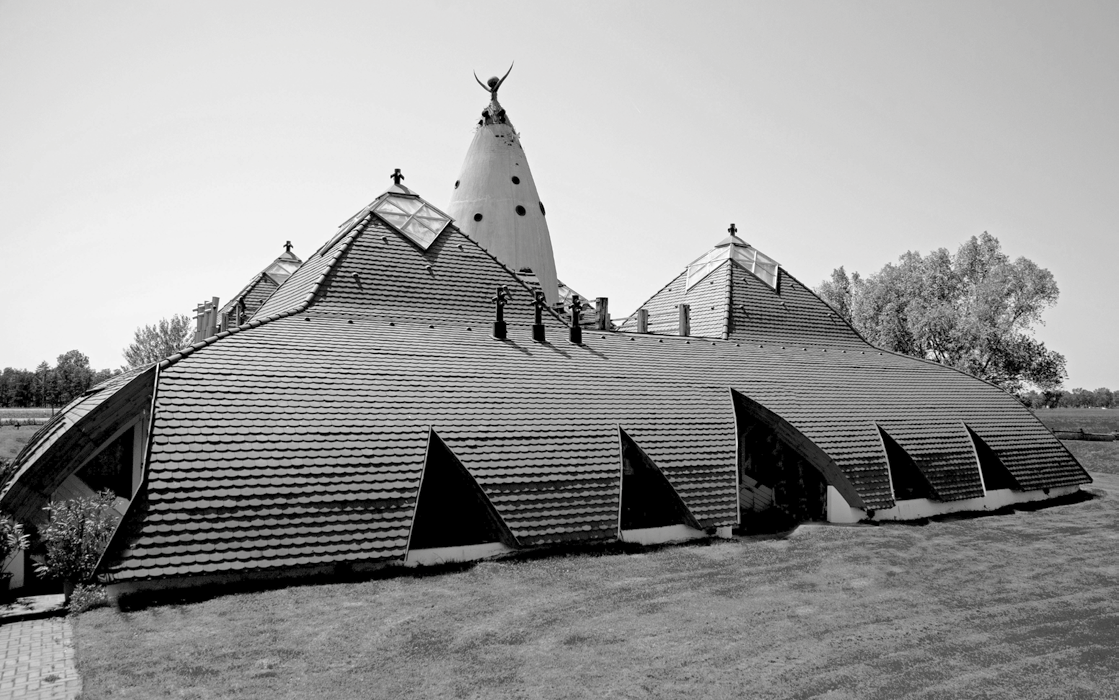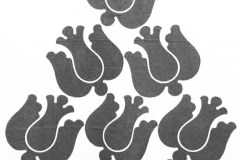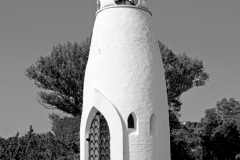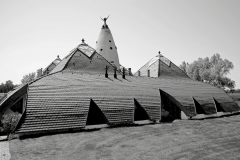Relics of the Language, Signs and Inflections
The Sign History of Ildikó Csete and György Csete
Text: Géza Balázs
Photos: Csete Foundation
When it comes to the research into the birth of art and language, we conclude it must be based on natural principles. Humans are natural beings, and they began his cultural (including artistic and linguistic) activity as an outgrowth of nature. The very first artistic and linguistic phenomena can be traced back to nature, and are perhaps still close to nature today.
The classical Latin phrase natura artis magistra, which means nature is the master teacher of arts (science) magistra), refers to examples taken from nature. Language, too, has its roots in nature, as is shown by the relationship of the first words of language to nature (imitative words, and all the so-called motivated words in general). Art and language are therefore organic in their natural basis, and both have some organic potential, i.e. the possibility of ‘creation’, of continuation, or, from another point of view, of development. The organic is to be sought in the basic forms of nature, in the ancient syncretism, which today can only be found in the different forms of activities. However, we have lost our grasp of archetypes by now, and we do not understand the languages of ancient cultures.
Targeting and intending to realize organic development, the Renaissance, the Reformation on the religious line, later on Classicism and Revivalism, then the 19th-century folk art, the 20th-century new folk art came. In painting and fine arts, the Gödöllő art scene of Hungarian Art Nouveau style of of the early 20th century played an exemplary role. Ödön Lechner, the creator of the new Hungarian architectural style (Art Nouveau or Sezession), took folk art as his starting point for inspiration. Following Lechner, Károly Kós, and in the second half of the 20th century György Csete, Jenő Dulánszky and Imre Makovecz, developed an organic Hungarian architectural programme. Ildikó Csete and György Csete, a textile artist and an architect, presented a joint exhibition in Orosháza in 2011. The textiles and textile compositions were coordinated with the churches and church interiors. Both are visual languages, and both have a close connection with verbality. It is not only the artists’ personalities that are one and the same, but also their perceptions and ways of thinking: a consciously embraced tradition and a bold type of modernity. Their idea of the world is brought closer together by its wholeness: they think in terms of space, of space, and, as artists of the spectacle, also in verbal language. They are united in cultivating a new kind of community art as well.



